
Safety at home
Creating a safer, healthier environment
A home is a reassuring place for someone with dementia, but after diagnosis and subsequent changes, adjusting the home to meet their needs is essential.
This isn't just helpful in keeping things organized — it's helping prevent falls and increase safety. From making sure floors are in good repair to ensuring hallways always have adequate lighting, there are a number of ways to help make a home as safe as possible for someone with dementia. Not all of the suggestions and tips may be applicable now, but ideas to keep in mind for the future as well.
Here are a number of ideas to ensure home safety throughout the entire living space:
General accessibility
Consistency is key for those with dementia, and that includes the home. Having a set area may help someone from rummaging to find an item, particularly one that could be dangerous.
- Keep glasses and keys in consistent places
- Place frequently-used kitchen items with easy reach
- Keep necessary items on a bedside table
- Label cabinets with the name of contents
- Consider purchasing a medical alert system
- If necessary, move the bedroom to the main floor near a bathroom, if possible
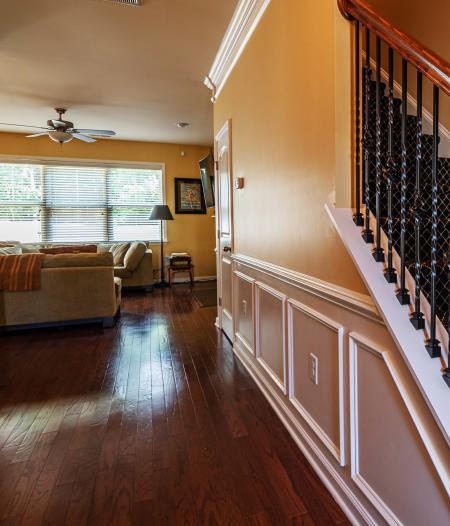
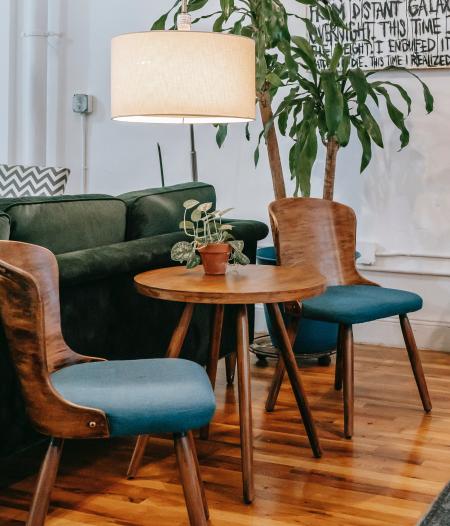
Ensure adequate lighting
Increasing lighting, reducing glare and limiting shadows are helpful in creating a safer home.
- Use nightlights in the bedroom and hallways
- Install lights in dark closets (stick-on "puck lights" are inexpensive and work well)
- Open drapes during the day and close at night - use additional lighting at night
- Use lamps in dimly-lit rooms, as opposed to overhead lighting to reduce glare
- Keep entrances and outside walkways well lit. Outdoor motion-sensor lights can help when entering the house at night.
Bathroom safety
Whether it's providing better balance or increasing ease of use, the bathroom should be a top priority when making changing for someone with dementia.
- Use non-skid mats or decals in the tub or shower. Use non-slip rugs in front of the sink as well as the shower.
- Hang rugs on railing or over the tub when not in use.
- Have night lights in the bathroom and the hallway to the bathroom
- Install appropriately placed grab bars for the toilet and tub or shower.
- Install an ADA height toilet or raised toilet seat.
- Use a bath bench or shower seat
- Lower water heater temperature to 118 degrees Fahrenheit or lower.
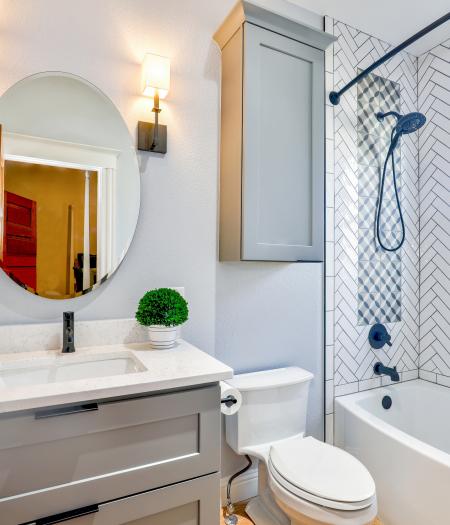

In the kitchen
- Install childproof devices on cabinets containing breakable or dangerous items, such as cleaning products, knives, scissors, etc.
- Do not store flammable liquids in the kitchen. Lock them in the garage or outside unit.
- Move prescription or nonprescription drugs to a locked cabinet out of the kitchen.
- Install safety knobs and an automatic shut-off switch on the stove.
- Remove or secure the family "junk drawer." Remove artificial food that may appear to be edible.
- Insert a drain trap in the kitchen sink to catch items that may become lost or clog the plumbing. Consider disconnecting the garbage disposal.
Bedroom and nighttime safety
Making sure the bedroom is not only a safe place, but a restful place is important to a good night's sleep. Anticipating problems before they happen is key as those with dementia often wake up in the middle of the night.
- Try to meet needs that might cause nighttime agitations for someone with Alzheimer's. That may include hunger or thirst, going to the bathroom, restlessness and pain.
- Remove rugs to help prevent falls.
- Use a monitoring device to alert you to any sounds indicating a fall or a call for help.
- Be cautious when using electric mattress pads, electric blankets, and heating pads, all of which can cause burns and fires. Keep controls out of reach.
- Secure medications and other potentially dangerous items out of reach.
- Consider removing the lock from the door to ensure no one is locked in or out.
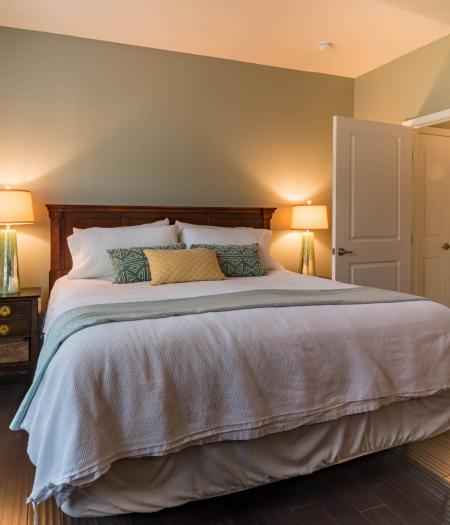
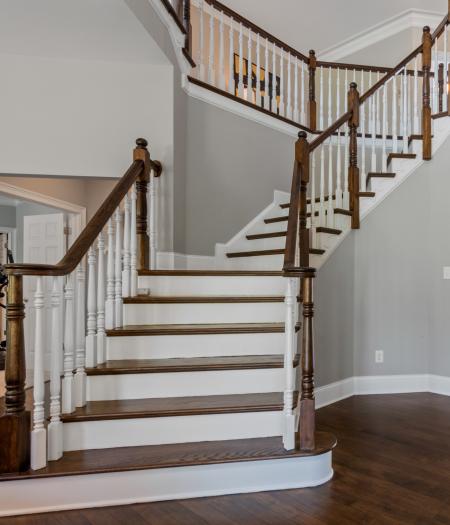
Fall prevention
Lighting, clutter removal and clear markings of where edges and changes in height are located help give those with dementia indicators of a needed adjustment.
- Use obvious contrast in color to highlight important objects from the background.
- Use solid colors, minimizing patterns, to decrease confusion,
- Avoid black or very dark flooring or carpeting, which can be misinterpreted as a "hole."
- Consider installing contrasting-color handrails on all steps. You may also wish to install in hallways.
- For hardwood stairs, apply bright, non-slip tape (such as duct tape) on the edge of each step.
- Consider painting the walls a light color and baseboards a darker tone.
- Avoid shoes with extra-thick soles. Check to ensure the forefront of the shoe flexes readily.
